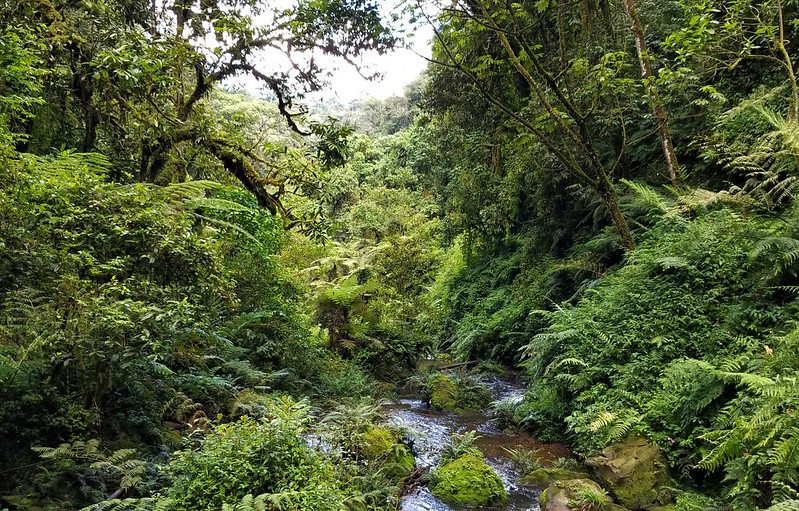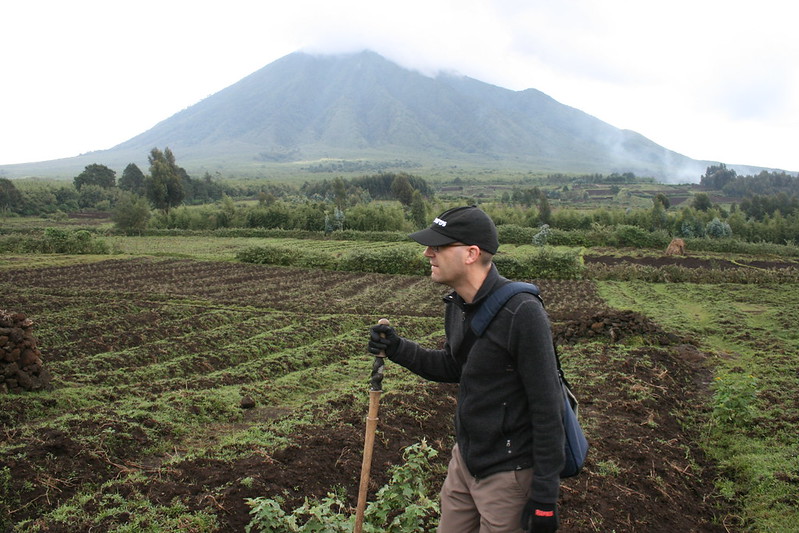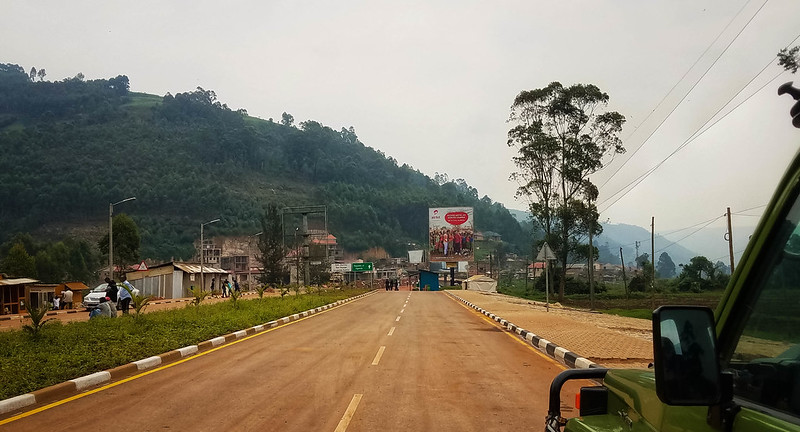Top activities & attractions in Nyungwe forest Rwanda – Chimpanzee tracking and Canopy walk. The…
List of Museums in Rwanda.
List of Museums in Rwanda.
Rwanda is among the many African nations that have an impressive array of museums. The greatest way for Rwandans and visitors alike to learn about the country’s rich history, culture, customs, and practices—among many other things—is to visit one of the numerous museums that house these artifacts.
Rwandan Museums
Huye District is home to the Institute of Museums of Rwanda, which is comprised of six museums across the country. You won’t find the same exhibits or services at any of these museums. While on safari in Rwanda or Uganda with Monumental Expeditions and Safaris, you have the option to visit any of these museums.
Museum of Rwandan Ethnography
The National Museum of Rwanda, or anthropological Museum, is the biggest and most important museum in Rwanda, housing some of the finest archaeological and anthropological artifacts in all of East Africa.
As a gift from Belgium, the ethnographic museum was founded in 1989. Huye district, through which you pass on your way from Kigali to Nyungwe Forest National Park, is where you’ll find it. The museum is spacious and well-maintained, with contemporary halls housing over 10,000 objects. These artifacts preserve the history, culture, beliefs, and conventions of the Rwandan people as well as traditional artifacts.
It demonstrates the various tools and equipment needed for pursuits like fishing and hunting. You may learn a lot about Rwanda’s history, from colonial times to the present day, just by strolling around the museum. If you’re interested, you may pay to watch the Intore drummers and dancers perform in the museum. On your way to or from Nyungwe Forest, take a moment to relax and stretch out while learning about Rwandan culture and history.
The Rukari-Nyanza Royal Palace
The Nyanza Royal Palace, often called the King’s Palace Museum, is situated in Nyanza, about 85 kilometers away from Kigali City. Located in the Royal District of Rukari, it underwent renovations after the abolition of most kingdoms.
Following its restoration, the Rwandan government took over its upkeep and operation as a museum. King Yuhi V Musinga, who reigned from 1899 to 1900, established Nyanza as the royal capital of Rwanda; the museum is named for him. Beautifully displayed with traditional artifacts, the museum explains the culture, lifestyle, and custom of Rwanda while also providing insight into the country’s history, particularly those of its kingdoms.
![]()
Natural History Museum of Rwanda
Wonders of the Natural World The Kandt House Museum is another name for Rwanda. This mansion was formerly owned by Richard Kandt, a German adventurer who is widely recognized as the founder of Kigali City. Its Kigali location is on Nyarugenge hill.
In recognition of his life’s work and contributions to the field, the Rwandan government transformed his house into a museum of natural history. The museum aims to educate visitors about environmental change over time and the interdependence of many forms of life on Earth. Among its many contents are gleaming gold, poisonous fungi, and long-lost fossils.
Museum in the Presidential Palace
This museum is located in the old presidential palace of Juvenal Habyarimana, the president of Rwanda from 1994 until his murder sparked the Rwandan Genocide.
Situated around 2 kilometers from Kigali International Airport, it is in the city’s eastern region. As you meander around the museum, you’ll pass by various rooms in the palace that served as offices, storage spaces for guns and other equipment, and hiding spots for the president from his detractors.
Natural History Museum
A primary goal of the Museum of Environment is to teach people how to live in harmony with nature by demonstrating sustainable practices. That is, the question of how to make the most efficient use of resources without depleting them completely, so that they may be preserved for the benefit of generations to come.
It teaches people how to live in harmony with nature. What the Rwandan government and people are doing to adapt to the new reality will be revealed to you. In the Karongi area, next to Lake Kivu, you’ll find the Museum of Environment.
The Raveros Arts Center
The National Art Gallery is another name for Rwesero Arts Museum. The Nyanza district is where it is situated. King Mutaara III Rudahingwa was supposed to live in this structure, but he passed away before he could move in. The artwork at the museum is just stunning. Rwandan culture and history serve as inspiration for the artwork.
Photography, paintings, sculptures, beading, and architecture are just a few of the stunning mediums shown at the museum. On the route from Kigali to Nyungwe Forest National Park, stop at the Rwesero Arts Museum in Nyanza. For more details on the Rwandan Museums listed above as well as other tourist spots in both Rwanda and Uganda, get in touch with Monumental Expeditions and Safaris.


